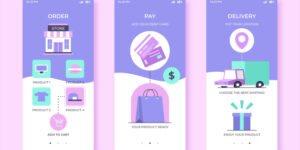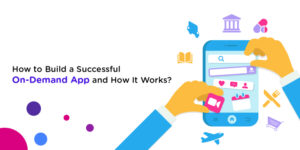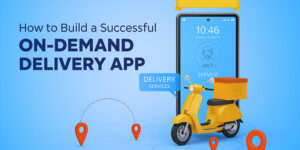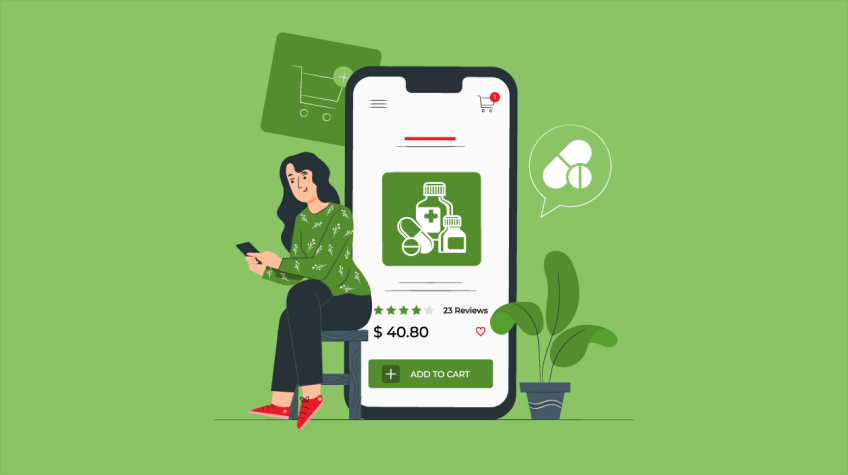
Living in this era of technology is a boon in numerous ways. Technology has made people’s lives pretty easier. Everything from groceries to medicines is just a few clicks away with the help of apps. If you also want to contribute to people’s lives by developing an app, then you are reading the right post. Here we will explain to you the steps required to build the best medicine delivery application. So without any further ado, lets get started…
Medicine Delivery App
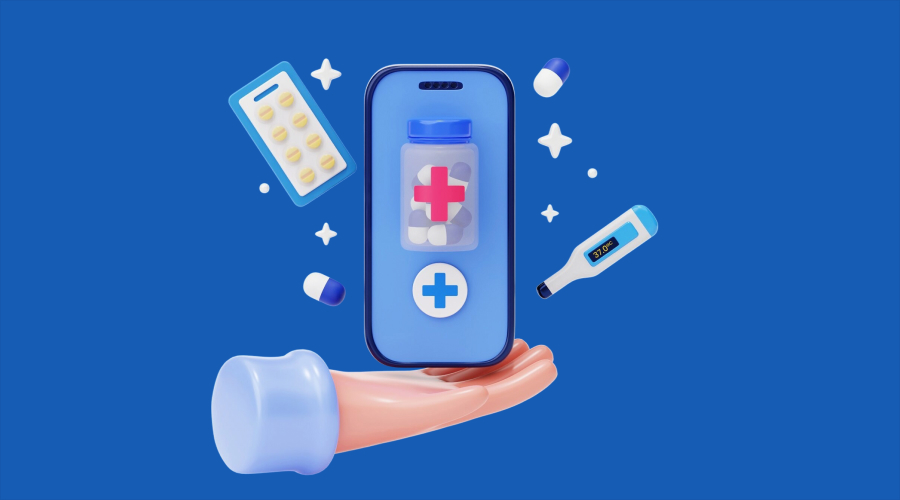
The demand for medicine delivery apps has seen a significant rise in demand. Today, when people have less time for themselves, they prefer to have their things including meds delivered to their doorstep. That’s the reason more and more businesses are now coming up with unique medicine delivery applications to help users get their meds on time. These apps help users order medicines online without having to leave their homes.
There are numerous applications already available out there but that doesn’t mean you cannot create your own. To create the best medicine delivery application, you will need to focus on a user-friendly design robust functionality and secure transactions. This article provides a step-by-step guide to creating a medicine delivery app along with other important steps. So, lets dive in…
Core Features of a Medicine Delivery App
Before you develop an app, you will need to understand the core functionalities that a medicine delivery app should have. A medicine delivery app should have the following features:
- User Registration and Profile Management: Users should be able to sign up using their email, phone numbers or social media accounts.
- Medicine Search and Categories: Your app should have a well-structured catalog where users can search for medicines, healthcare products and related essentials that they want.
- Prescription Management: Include prescription management so that users can upload prescriptions for medicines that necessitate authorization.
- Online Consultation: By collaborating with healthcare professionals, you can help customers obtain medical advice before they purchase medications.
- Order Management: The ordering process should be seamless for customers so that your app becomes their go-to app for medication.
- Secure Payment Gateway: Your app should include multiple payment options to allow customers to use the one that they feel comfortable with. Make sure to include payment via credit/debit cards, UPI and digital wallets.
- Real-Time Tracking: Make sure to include a GPS tracking system so that users can monitor their order status in real time.
- Notifications and Reminders: Having notifications and alerts is again crucial. They will be notified to refill prescriptions. Aside from that, notifications for promotional offers and order updates should also be included.
- Customer Support: A dedicated customer support system will be a value-added feature. It will help you handle queries and complaints.
- Admin Panel: Include a dashboard for managing all the aspects of the business including users, orders, pharmacies and delivery personnel.
Advanced Features of a Medicine Delivery App
These are optional features. If you wish to offer your customers an exceptional experience, then you can consider integrating these into your application:
- AI-powered Features: You can consider integrating features like personalized recommendations, AI-driven search and chatbots for customer support.
- Subscription-based model: You can allow your customers to have subscription plans for recurring medication needs.
- Integration with Pharmacy Chains: You can consider partnering with established pharmacy chains to expand your reach and inventory.
Type of Application
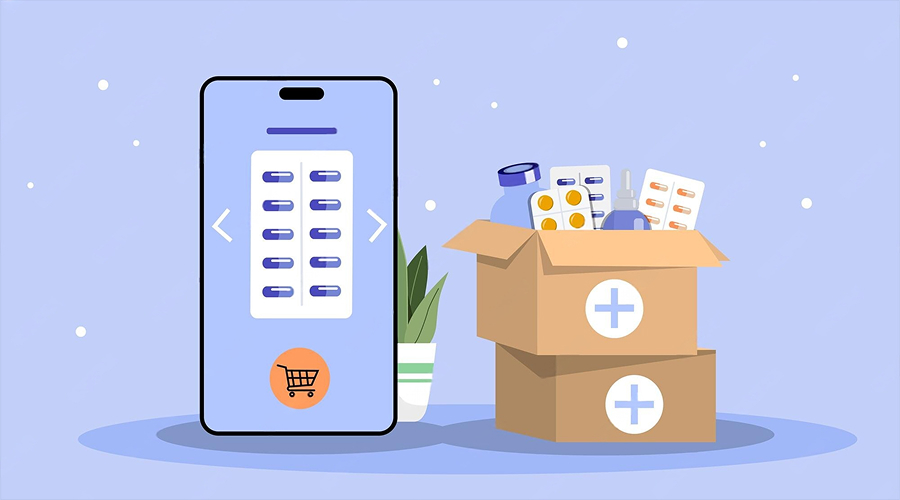
Once you are clear with the key features of your application, it’s now time to choose the right development approach. Whether you wish to develop a native application or a cross-platform application. Or you are planning to develop a progressive web app.
Native Apps are those that are made separately for different operating systems (Android and iOS). These apps are often developed using Swift, Kotlin and so on. Cross-platform apps, on the other hand, are the ones that work on both Android and iOS platforms. These apps are developed using a single codebase.
They are usually developed using React Native or Flutter. Progressive Web apps are web-based applications that function like an app but run in a browser. You can choose to design your application using any of these approaches depending on your budget and target audience. Cross-platform applications are budget-friendly solutions as they are made using single code and they work on multiple platforms.
Technology Stack for Medicine Delivery App Development
- Frontend: React Native, Flutter, Dart, Swift, Kotlin
- Backend: Node.js, Laravel, Django
- Database: MySQL, MongoDB, Firebase
- Cloud Storage: AWS, Google Cloud, Microsoft Azure
- Payment Gateway: PayPal, Paytm, Razorpay, Stripe
- Push Notifications: Apple Push Notification Service (APNS), Firebase Cloud Messaging (FCM)
- GPS Tracking: Google Maps API, Mapbox
- CI/CD: GitHub Actions, GitLab CI, Jenkins
- Security: SSL/TLS Encryption
- Telemedicine Integration: Twilio Video, Agora SDK
Let’s now take a look at the steps required to develop a medicine delivery app from scratch. Here we go…
Step-By-Step Guide To Develop A Medicine Delivery App
Here are the steps that you will need to follow in order to develop a pharmacy application from the ground up. Take a look…
STEP 1: Market Research and Competitor Analysis
Analyze the existing market. Identify competitors, like Apollo Pharmacy App, 1mg, PharmEasy, etc. Analyze their features and understand user needs and preferences.
Determine your target audience. Who will your app serve, elderly people or the general public? Collect information on user preferences and their pain points so that you can tailor your app’s features accordingly.
Research all necessary regulations governing the online distribution of pharmaceutical products.
Decide on a Business Model. Decide how you wish to generate revenue with your application. Among numerous methods, some of the popular ones are as follows:
- Commission on Sale
- Premium Plans
- Advertising and Promotions
- Delivery Charges
STEP 2: Define Core Features and Functionalities
- User Registration & Profile Management
- Medicine Search and Categories
- Prescription Management
- Online Consultation
- Order Placement and Management
- Secure Payment Gateway
- Real-Time Tracking
- Notifications and Reminders
- Customer Support
- Admin Panel
In addition if you wish to integrate advanced features, such as
- AI-powered Features
- Subscription-based model
- Integration with Pharmacy Chains
STEP 3: Focus on User Experience (UI/UX)
A medicine delivery app must have an easy and user-friendly interface so that people of all age groups can use it without any hassle. Therefore, focus on providing simple and easy-to-navigate interface with clean layout and simple icons.
STEP 4: Backend Development
The backend should be robust and easy to scale. Consider using Node.js, Python or PHP for server-side development. Alongside, integrate security protocols to protect user data and transactions.
STEP 5: API Integration
Integrate third-party APIs for payment processing, GPS tracking and authentication. Additionally, consider implementing AI-based chatbots for customer support.
STEP 6: Development Process
Agile Development:
- Start coding using the technologies that you have chosen for your application.
- Consider building your app in phases so that feedback and changes can be incorporated easily.
- It is essential to ensure the secure management of data, particularly concerning medical records and payment transactions.
- Enhance application performance for seamless operation.
Minimum Viable Product (MVP):
- Launch Minimum Viable Product with core functionalities to test the market and collect user feedback.
Testing and Quality Assurance:
- Conduct thorough testing to identify and fix bugs.
- Make sure to test your application in different conditions to ensure a smooth user experience.
- Check compatibility on different devices and operating systems.
- Perform security audits to prevent cyber threats.
Launch and Marketing:
- Launch the application on app stores (Google Play Store and Apple App Store)
- Implement a marketing strategy to reach your target audience.
- Offer discounts and promotional offers to attract users in the initial phase.
Maintenance and Updates:
- Keep updating your medicine delivery app based on user feedback.
- Apply security patches and introduce feature enhancements progressively.
- Track application analytics to enhance performance.
- Offer round-the-clock customer support to enhance user experience.
So these are the steps that you need to follow to develop a medicine delivery application. Let’s now take a look at some key considerations to launch a robust application in the market. Here we go…
Key Considerations When Building a Medicine Delivery Application
Here are some important pointers that you need to keep in mind when developing a medicine delivery application. Take a look…
- Security: Implementing robust security measures is crucial in order to protect user data and information.
- Compliance: Make sure your application adheres to all the rules and regulations governing online distribution of pharmaceutical products.
- Responsiveness: Design an application that is responsive and can be used on multiple platforms.
- User Experience: Prioritize user experience so that users can seamlessly place orders without any hassle. Focus on building a user-friendly interface and smooth navigation.
- Scalability: Focus on scalability as the medicine delivery application will be used by a large number of users. It must manage bulk orders without compromising performance.
The Bottom Line
So, this is how you can develop the best medicine delivery application. Developing an application is easy; however, you will need to put in effort in the right direction. Creating a medicine delivery app necessitates a strategic blend of intuitive user experience, solid backend architecture and reliable third-party integrations. By utilizing a scalable and secure technology stack, complying with healthcare regulations and incorporating features such as real-time order tracking and in-app support, you can create a solution that fulfills customer expectations and aligns with industry standards. If designing an application seems like a task then you are advised to partner with a reputable company. Professional developers can help you design your application with all the features and functionalities that you wish to have. Investing in a well-structured medicine delivery app can offer long-term value and competitive advantage in the digital health ecosystem.


